
Tech glossary – A definitive list of IT terms

IT terms are not easy if you are a non-coder. Still, in order to be able to keep up with modern business, it’s important to understand the basics. So get out of your comfort zone and master the tech language. We’ve compiled this DevSkiller Tech Glossary of IT terms to make it as easy as it can be.
Also try- 15 términos tecnológicos modernos que debe conocer
We’ve divided the most important technical IT terms into 10 categories. Learning these terms will boost your credibility in IT recruitment and improve your communication with developers.
Glossary of general IT terms
Programming language

Foto de Juanjo Jaramillo en Unsplash
A lenguaje de programación is used by programmers to instruct a computer to perform a certain job. It’s normally a set of instructions that can be used to achieve the desired output of a computer application written in a certain programming language.
Source code
As source code is a set of instructions and statements written by a programmer using a computer programming language. This code is later translated into machine language (binary code) by a compiler. The source code is the only stage where a programmer can read and modify a computer program.
Marco

Foto de Artem Sapegin en Unsplash
A framework is a code that is already written and covers low(er) level, generic functionalities. Programmers can selectively change it with additional user-written code, thus providing application-specific software. A software framework provides a standard way to build and deploy applications. It consists of many predefined solutions for common functionalities that are used to help build software applications, products, and solutions on top of it.
By using a framework, developers don’t have to write all the functionalities of the software that they are working on. These functionalities are already implemented in the framework and ready to use with a single command. Frameworks can improve developer productivity as well as the quality, reliability, and robustness of new software. Thus, a knowledge of frameworks for a specific job is one of the most important skills a developer can possess. Example frameworks: Bootstrap, React, Spring Framework, Rails, Symfony.
Library
A library is a collection of predefined functions or routines that a program can use. Libraries are particularly valuable for storing frequently used routines because you do not need to explicitly link them to every program that uses them. Example libraries: JQuery, Google Guava, RxJava, d3.js.
Culture IT terms
Agile software development
Agile software development describes a set of values and principles for software development under which requirements and solutions evolve through the collaborative effort of self-organizing cross-functional teams. It advocates adaptive planning, evolutionary development, early delivery, and continuous improvement, and it encourages rapid and flexible responses to change. Described in Agile Manifesto.
DevOps
DevOps focuses on rapid IT service delivery through the adoption of agile, lean practices in the context of a system-oriented approach. It is one of the IT terms that emphasizes people (and culture) and seeks to improve collaboration between operations and development teams.
DevOps implementations utilize technology — especially automation and monitoring tools that can leverage an increasingly programmable and dynamic infrastructure from a life cycle perspective. The core principles are consistent with many of Site Reliability Engineering (see: SRE below) principles and practices. One could view DevOps as a generalization of several core SRE principles to a wider range of organizations, management structures, and personnel. One could equivalently view SRE as a specific implementation of DevOps with some idiosyncratic extensions.
Leer - How to screen the most important DevOps skills
SRE (Site Reliability Engineering)
SRE is a discipline that incorporates aspects of software engineering and applies that to operations whose goals are to create ultra-scalable and highly reliable software systems. It encourages product reliability, accountability, and innovation.
Role IT terms
Front-End Developer
A front-end developer essentially creates whatever has a digital visual presence with which people interact (client-side environment). Traditionally, a front-end developer is a person who is comfortable with both design and coding; in other words someone who is comfortable using simple design tools and is able to create a website using HTML code, style it using CSS, and make it interactive using JavaScript.
Leer - How to screen front-end developer skills
UI designer

Foto de Taras Shypka en Unsplash
A UI (User Interface) designer is someone that designs what the application looks like from the perspective of the user to enable users to interact with the application. UI designers must understand what the front-end developer expects from him/her and know how to communicate with them, as well as have design skills. Often this person does not have to be a programmer at all.
UX designer
UX or a “User Experience” designer, is a person who helps create a better experience of using the application. This person simplifies the visual part of the application and brings out the features that are used most often. His/her job is to make the application as easy and useful for the users as possible to increase usability.
Desarrollador back-end
A Back-end developer is involved in the process of combining a server, an application, and a database to solve a problem (server-side environment). This entire process is solidly entrenched in logic, a network of processes and queries that are resolved in split seconds to give you a certain desired output as a user. They are different from front-end developers in that the job of a back-end developer is completely free of any visual design. Instead, it relies on logical reasoning and software architecture that aims to deliver a particular output.
Leer- What is the average back-end developer salary?
Desarrollador Full-Stack

Foto de Christina @ wocintechchat.com en Unsplash
A full-stack developer is someone who is comfortable working with both back-end and front-end technologies. A general understanding of technologies from every part of the development process is necessary for a front-end developer. This, of course, means that they will not be an expert in any one particular field. Instead, they can offer a better overview of applicational possibilities and the capability to bridge the gap between how the system functions and how it looks and feels for the user.
Read more – Front end developer vs back end vs full stack – What’s the difference?
MEAN developer
A MEAN developer is someone who uses a JavaScript software stack for building dynamic websites and web applications. MEAN stack developers are experts in using MongoDB, Express.js, AngularJS (or Angular), and Node.js. Because all components of MEAN stack support programs written in JavaScript, MEAN applications can be written in one language for both server-side and client-side execution environments.
System administrator (SysOp, sysadmin)
System administrator is a person who is responsible for the upkeep, configuration, and reliable operation of computer systems, mostly servers.
Programming language and technology IT terms lis
Java
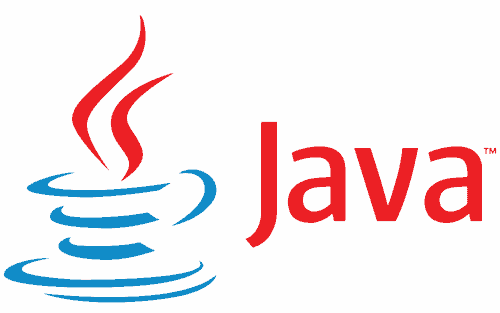
Java is a compiled, object-oriented programming language, similar in syntax to C++. It is intended to let application developers “write once, run anywhere” meaning that compiled Java code can run on all platforms that support Java without the need for recompilation.
Leer - How to screen Java developer skills
C
C is a general-purpose, imperative computer programming language supporting structured programming, lexical variable scope, and recursion. While a static type system prevents many unintended operations. C was originally developed by Dennis Ritchie between 1969 and 1973 at Bell Labs, and used to reimplement the Unix operating system. It has since become one of the most widely used programming languages of all time.
C++
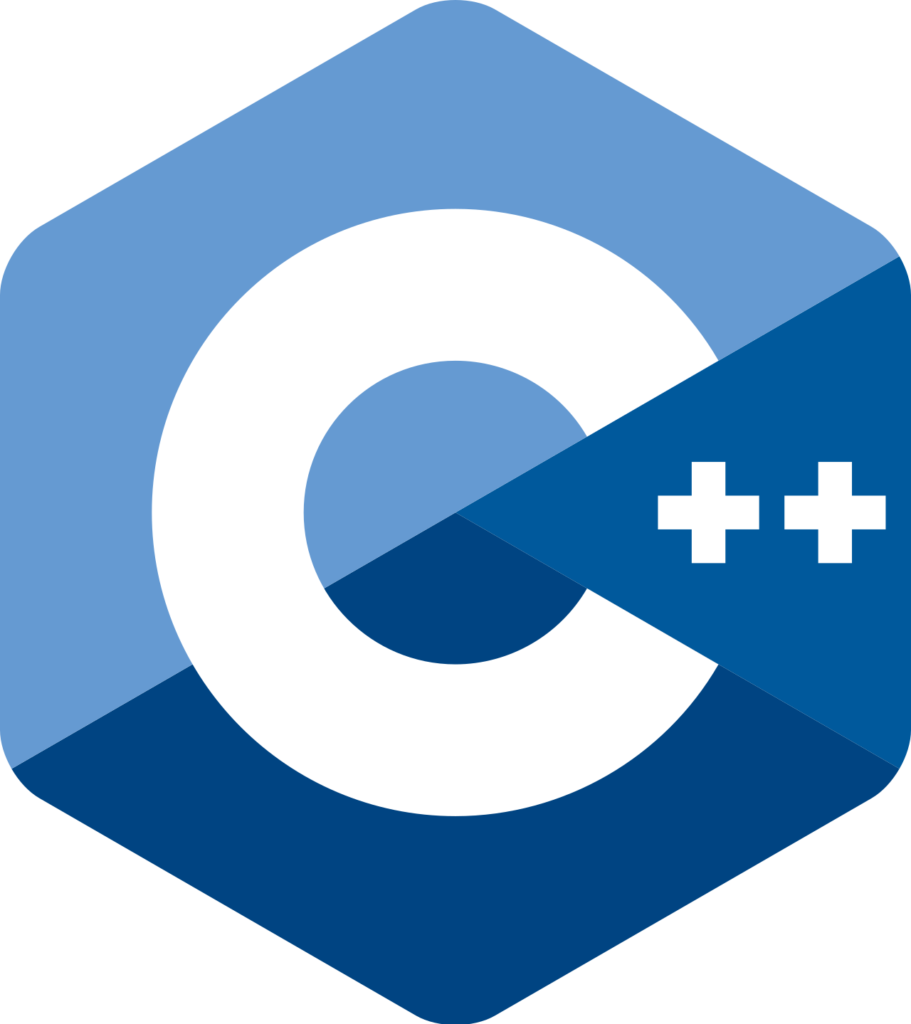
C++ is a general-purpose programming language. It has imperative, object-oriented, and generic programming features and it provides facilities for low-level memory manipulation.
C#
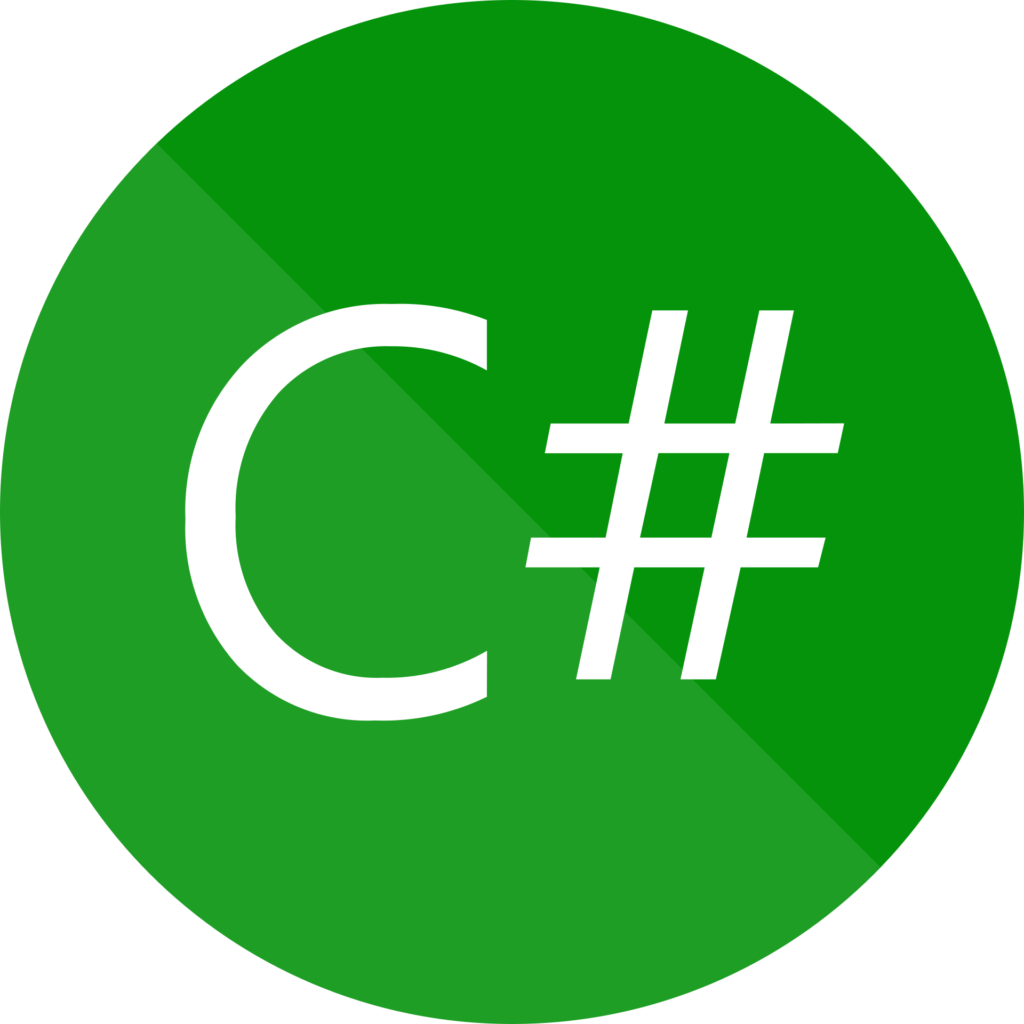
C# (C sharp) is a programming language that is designed for building a variety of applications that run on the .NET Framework. C# is simple, powerful, type-safe, and object-oriented.
See – Coding tests for C and C++
Python
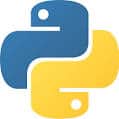
Python is one of the most commonly used programming languages (top 3 according to IEEE Spectrum research). It was first released in 1991 and has since gained popularity for being simple to learn, yet powerful in solving problems. The syntax is similar to C++ family yet equipped with a variety of modern solutions.
Curious to see how much a Python developer earns?- Seguir leyendo
Visual Basic .NET
is a multi-paradigm, object-oriented programming language implemented on the .NET Framework. Microsoft launched VB.NET in 2002 as the successor to its original Visual Basic language. Although the “.NET” portion of the name was dropped in 2005, “Visual Basic [.NET]” is used to refer to all Visual Basic languages releases since 2002 in order to distinguish between them and the classic Visual Basic. Along with Visual C#, it is one of the two main languages targeting the .NET framework.
PHP
PHP (Hypertext Preprocessor) is a widely-used open source general-purpose scripting language that is especially suited for web development and can be embedded into HTML. PHP

Foto de Ben Griffiths en Unsplash
JavaScript
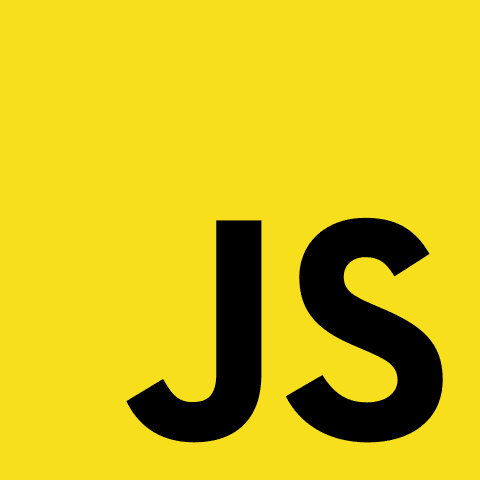
JavaScript is a high-level, prototype-based, untyped, dynamic language. Depending on the environment, JavaScript can be interpreted or compiled. It is a multi-paradigm programming language, supporting object-oriented, imperative, and functional programming styles.
Read more: How to screen JavaScript developer skills
Perl
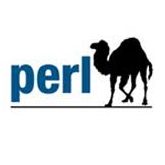
The Perl programming language is a general-purpose Unix scripting language to make report processing easier. It was originally developed by Larry Wall in 1987. Since then, it has undergone many changes and revisions. Perl 6, which began as a redesign of Perl 5 in 2000, eventually evolved into a separate language. Both languages continue to be developed independently by different development teams and they liberally borrow ideas from one another.
Ruby
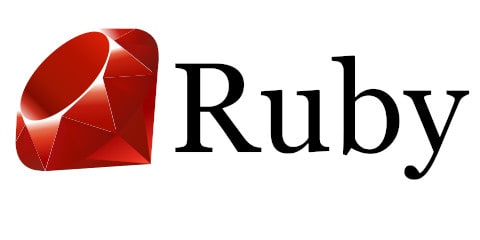
Ruby is a dynamic, reflective, object-oriented, general-purpose programming language. It was designed and developed in the mid-1990s by Yukihiro “Matz” Matsumoto in Japan. According to its creator, Ruby was influenced by Perl, Smalltalk, Eiffel, Ada, and Lisp.
Swift

Swift is a general-purpose, multi-paradigm compiled programming language developed by Apple Inc. for iOS, macOS, watchOS, tvOS, and Linux.
R
R is an open-source programming language and software environment for statistical computing and graphics. It is widely used among statisticians and data miners for developing statistical software and data analysis.
Vaya a

Vaya a (often referred to as Golang) is a free and open-source programming language created by Google.
Objetivo-C
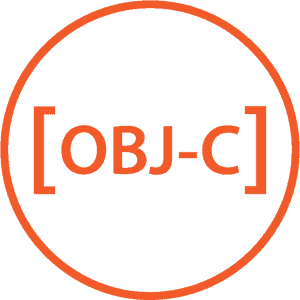
Objetivo C is a general-purpose, object-oriented programming language that adds Smalltalk-style messaging to the C programming language. It was the main programming language used by Apple for the OS X and iOS operating systems, and their respective application programming interfaces (APIs) Cocoa and Cocoa Touch prior to the introduction of Swift.
SQL
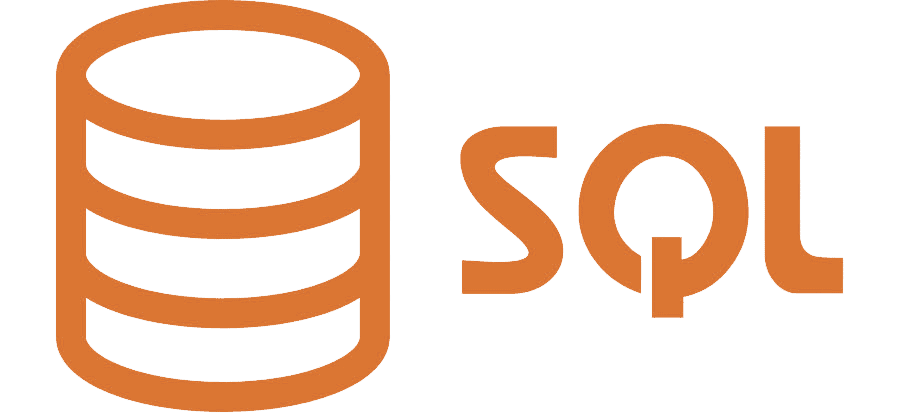
SQL is the most popular database programming language. Historically, this declarative programming paradigm has been a key feature for ad-hoc queries run for data introspection executed by human users directly with SQL (rather than with a UI). In modern times, SQL is also embedded in other, more general-purpose programming languages like Java in order to access data from central databases.
Read more: How to screen SQL developer skills
Scala
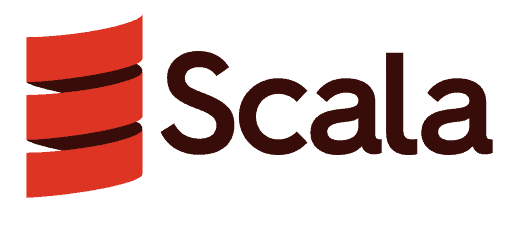
Scala is a general-purpose programming language providing support for functional programming and a strong static type system. Designed to be concise, many of Scala’s design decisions are aimed to address criticisms of Java.
Android

Android is the world’s most popular operating system (it’s not a programming language) dedicated mainly to mobile devices. The source code was developed by Google under the Android Open Source Project (AOSP). Subsequent versions are usually released annually and are announced at Google I/O conferences.
Lee: How to screen Android developer skills
Database IT terms
Base de datos
is a collection of information stored and used by the software, organized in a way that can be easily managed. Traditional databases are organized by fields, records, and files.
Relational Database
is a database organized with the relational model. Relationships are a logical connection between different tables established on the basis of interaction among these tables. All relational databases use SQL (Structured Query Language) to operate on data (insert, update, load). It looks like a spreadsheet. Examples: Oracle, MySQL, Postgres, SQL Server.
NoSQL Database
non-relational or non-SQL database. Unlike relational databases, it uses other forms than tabular data like key-value collections, multi-level structures, graphs, etc. Such databases are usually chosen for their performance, scalability, and flexibility in schema design.
CAP theorem
states that it is impossible for a distributed data store to simultaneously provide more than two out of the following three guarantees: consistency (every read receives the most recent write or an error), availability (every request receives a non-error response without the guarantee that it contains the most recent write) and partition tolerance (the system continues to operate despite an arbitrary number of messages being dropped or delayed by the network between nodes). In other words, CAP theorem states that in the presence of a network partition, one has to choose between consistency and availability.
ACID
is an acronym consisting of the IT terms Atomicity, Consistency, Isolation, Durability. They are a set of properties related to the database engines guaranteeing after finishing modification data will be consistent.
User Interface IT terms
GUI/UI
o “Graphical User Interface”, is the visual part of the software or a website that allows the user to interact with the application. Every time you use an application, you use it by clicking through the GUI.
Responsive Design
is responsible for making the interface of the application display well on all possible devices, like phones, PCs, or tablets, that we use to access it.
CSS
(Cascading Style Sheets) is a method of assigning formatting rules to an HTML page which allows the content and presentation of a website to be separated. This separation gives web developers the ability to instantly change the appearance of a specific HTML element, like position, colors, fonts, etc., throughout an entire website.
Material design
is Google’s conceptual design philosophy that outlines how apps should look and work. It breaks down everything from animation, style to layout and gives guidance on patterns, components, and usability.
Bootstrap
is a free open-source front-end web framework for designing websites and web applications. It makes it very easy to create web pages by empowering designers to select from a large collection of pre-built elements, behaviors, and shortcuts. The aim is to unify design and allow both non-technical and technical designers to improve the quality of their design.
Testing IT terms
Unit testing
is a software development process in which the smallest testable parts of an application (called units) are individually and independently checked to see if they succeed. Most popular libraries are: JUnit, Mocha, NUnit, RSpec.
Integration tests
Integration tests are a level of software testing where individual units are combined and tested as a group. These tests are performed in order to expose defects in the interface and in interactions between integrated components or systems. It occurs after unit testing and before validation testing.
Acceptance tests
Acceptance tests are a level of software testing where a system is tested for acceptability. The purpose of this test is to evaluate the system’s compliance with business requirements, user needs, and business processes. Acceptance tests determine if a system satisfies the acceptance criteria and to enable the user, customers or other authorized entity to determine whether or not to accept the system. Read more: Software Testing Fundamentals
Performance tests
Performance tests are a type of software testing that intends to determine how a system performs in terms of responsiveness and stability under a certain workload (usually under stress). Read more: Software Testing Fundamentals
Development tools and processes IT terms
Version control system
is the management of changes to documents, computer programs, large websites, and other collections of information. Changes are usually identified by number or letter code, called a “revision number,” “revision level,” or simply “revision.” For example, an initial set of files is “revision 1.” When the first change is made, the resulting set is “revision 2,” and so on. Each revision is associated with a timestamp and the person making the change. Revisions can be compared, restored, and with some types of files, merged.
Subversion (svn)
is another popular open source version control system. In contrast to Git, all developers use one centralized repository. Read more: Version Control with Subversion
Git
Git is a free open source distributed version control system for tracking changes in computer files and coordinating work on those files among multiple people. It is primarily used for source code management in software development, but it can be used to keep track of changes in any set of files.
Commit
In version control systems, a commit is a saved change made to the source code. Commits are usually added/deleted files or directories, changed file contents, etc.
Trunk Based Development
is the practice of merging all developer working copies to a shared mainline several times a day. Read more: TrunkBasedDevelopment
GitHub
GitHub is a popular Git hosting service. It is mostly used for code. In addition to Git, it provides several collaboration features, important IT terms such as bug tracking, feature requests, task management and wikis.

Fuente: Roman Synkevych en Unsplash
